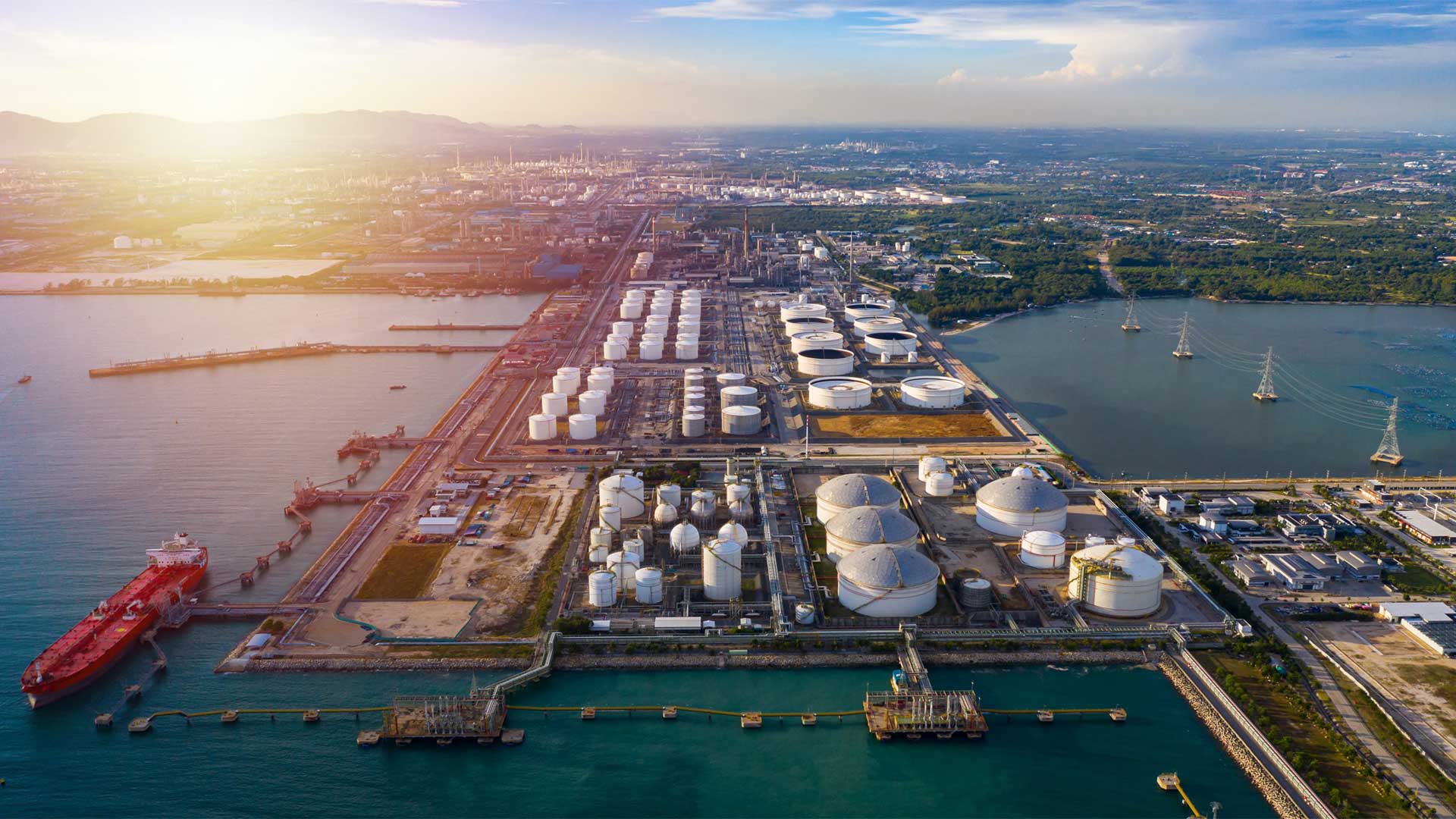2024-11-10
Accelerating Green Fuels in Shipping – What Can We Do to avoid Stagnation?
At the recent COP29 climate talks, over 50 leaders from the shipping industry united to call for stronger government policies and support for green fuels. This collective effort signals a crucial shift towards zero-emission fuels like methanol, ammonia, and hydrogen.
However, recent research highlights a troubling trend: efficiency measures in the shipping industry have stalled. Regulatory gaps, market limitations, and the complexity of transitioning to new energy sources are key challenges hindering progress.
As we look ahead, the question isn’t just about adopting green fuels—it’s about creating the right environment for these solutions to thrive.
What Can We Do to Reverse This Trend?
Here are three key questions—and potential answers—that the shipping community must address:
How can we scale up the availability of green fuels?
Collaboration between governments, fuel producers, and shipping companies is essential to expand supply chains and infrastructure for alternative fuels. Incentives like subsidies and grants can accelerate investments in this space.
What role can innovation play in overcoming stagnation?
Adopting new technologies, such as fuel-flexible engines and carbon capture systems, can bridge the gap while green fuel supply scales. Additionally, digitalization can optimize ship operations and improve efficiency.
How can policies drive faster adoption?
Policymakers need to establish clear and enforceable targets that align with the IMO’s GHG strategy. Carbon pricing and compliance mechanisms like FuelEU Maritime can make green fuels more economically competitive.
What steps do you think the industry needs to take next? Let’s start the conversation.
👉 Read the full article on Lloyd’s List here

